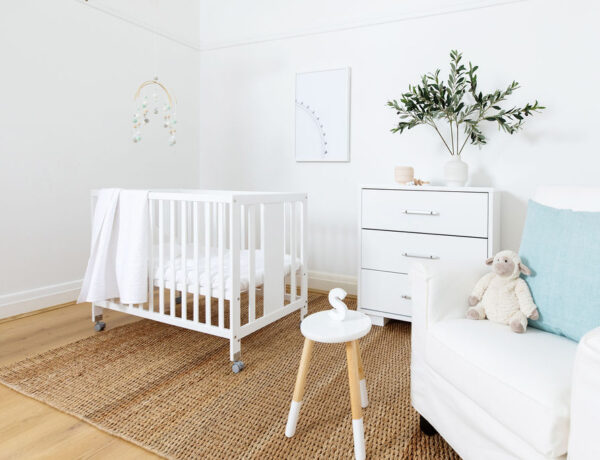Learn when baby growth spurts occur, from birth to one year, and know how to deal with the period.
When you finally establish a routine, does your little one start to want more and sleep less? It is probably one of the baby growth spurts that will happen in the next few months.
In general, babies have five to seven growth spurts during the first year. To help you deal with these moments, we will explain what growth spurts are and how you can deal with them. Check it out!
When do Growth Spurts Occur?
The baby normally triples its weight from birth to its first birthday. This happens through intense, short spurts, which can be alarming for first-time parents.
While baby growth spurts can happen at any time, you can expect your baby to have them around the following periods:
- 7 to 10 days after birth;
- 3 weeks;
- 6 weeks;
- 3 months;
- 6 months;
- 9 months;
- 11 months.
However, it may not be so easy to notice the changes. So, we highlighted the main signs that your baby is going through a growth spurt. Check them out.
Signs of change
You may be wondering if there are any signs of baby growth spurts that need attention. Here are the main things you might notice before your child goes a size bigger:
- Frequent hunger: When your baby is going through a period of a growth spurt, you may notice that he feels hungrier than usual. He may show signs of hunger by crying, getting impatient, sticking his tongue out, or sucking his hands.
- Irritability: Your baby may seem grumpy before his growth spurt or even cry a lot. However, symptoms of irritability or temper tantrums can be caused by other conditions, such as colic, especially if he cries at around the same time every day. Observe and try to recognize the difference.
How to deal with peak periods
If you notice that your baby is showing the reported signs and it looks like he is about to enter a growth spurt, there are some tips you can follow to help at this stage:
- If your baby is hungry, feed him more: make sure your baby gets the nutrients he needs for his next spurt of growth and development. If you are breastfeeding, you may want to offer the breast more often as this will help stimulate more milk production.
- Help your baby sleep well: create a good environment for him to sleep by keeping the lights low and try to establish a routine with fixed times for taking him to bed.
- Soothe your baby when he needs it: If you’ve ruled out other reasons for your little one’s irritability, try to calm him down by shaking or hugging him, or even talking to him and doing something you think will calm him down.
- Avoid comparisons: don’t compare your baby’s size with that of others of the same age, as each child is unique. Just keep taking him to the pediatrician for regular health checkups to make sure he’s growing normally.
It is important to be aware of these signs, understanding that baby growth spurts are a necessary stage of development. Be patient and affectionate, and always maintain a calm and welcoming environment.
Did you like the tips on how to deal with baby growth spurts? Subscribe to our newsletter to receive more tips!
Also read our article about children’s autonomy.



